Giacomo Puccini a biography in words and pictures.
The places where Mozart worked and the most important people of his life.
Biographical Timetable (Click for more information)
1858
BIRTH AND YOUTH IN LUCCA
Puccini was born into a musical family. His ancestors were all respected musicians. However, due to the early death of his father, Puccini is unable to succeed him as leader of the town band.
1858
1880
STUDY IN MILAN
Puccini studies at the Conservatory for three years in modest circumstances and writes his first works.
1880
VARIOUS
EXCURSUS - ELVIRA AND HIS MANY AFFAIRS
Puccini was a womanizer all his life. Some of his affairs ended tragically. Puccini is believed to have had two biological sons, both named Antonio.
VARIOUS
1892
SUMMER FRESH IN VACALLO
Puccini has been working on Manon Lescaut for two years already, arguing with the librettists. He meets Leoncavallo in Vacallo in his summer retreat.
1892
1893
MANON LESCAUT CATAPULTS PUCCINI INTO THE FIRST GUARD OF COMPOSERS
In Turin, “Manon Lescaut” finds an enthusiastic reception. Never was Puccini closer to the admired Wagner.
1893
1896
LA BOHEME - PUCCINI DOUBLES DOWN
The first collaborative work with Illica and Giacosa brings everyone close to nervous breakdown and settles Puccini finds an enchanting musical language for Bohème.
1896
1897
ATTACHMENT TO HOME
Puccini buys a plot of land in Torre del Lago and realizes his dream of country life with automobile rides, hunting and the Bohème Club.
1897
1900
TOSCA IN ROME
Puccini composes his most veristic opera and experiences a tumultuous premiere.
1900
1903
SERIOUS CAR ACCIDENT
Puccini suffers a car accident that leaves him on crutches for 16 months
1903
1904
BITTER FIASKO WITH MADAMA BUTTERFLY IN MILAN
After a triumph with “Tosca” in Milan, Puccini expected the same with “Madama Butterfly”
1904
1909 and later
VISITS TO NEW YORK
Puccini flees the “Doria-Manfredi scandal” to New York and makes the Met his artistic center for many years.
1909 and later
1924
THE UNFINISHED TURANDOT AND THE DEATH OF PUCCINI
Puccini’s health deteriorated dramatically. He did not succeed in finishing his Turandot.
1924
1924
LINKS TO THE PORTRAITS OF THE OPERAS OF PUCCINI
Puccini’s health deteriorated dramatically. He did not succeed in finishing his Turandot.
1924
BIRTH AND YOUTH IN LUCCA
Puccini was born in 1858, the sixth of nine children, into a family of musicians. His father was the respected leader of the town band and Giacomo’s grandfather had even once studied with Giovanni Paisiello. Puccini spent his childhood and adolescence in Lucca, leaving it at the age of 22 for his education at the conservatory in Milan. His father died at an early age and so Puccini was unable to take up his position as a town musician.
The 18-year-old Giacomo Puccini:
Puccini Museo (Casa natale)
The museum in Piazza Cittadella is Puccini’s birthplace, where he lived for over 20 years with his parents and sisters. You can find here many objects belonging to the composer, including the Steinway on which he composed, among others, “Turandot”. The museum is nicely done and informative.
Puccini house in Piazza Cittadella:
http://www.puccinimuseum.org/it/
STUDIES IN MILAN
Puccini became acquainted with Milan as a student at the conservatory there, where he studied with Amilcare Ponchielli, among others, thanks to a scholarship and the help of an uncle. He spent his Milan years in very modest circumstances, which he remembered in his opera “La Bohème”. For a long time he shared a room with the later famous Pietro Mascagni, the composer of “Cavalleria rusticana”.
Mascagni and Puccini:
EXCURSUS – PUCCINI AND HIS MANY AFFAIRS
After his success in Milan Puccini came back to Lucca and started an affair with his later wife Elvira, unfortunately she was married to a grocer of the village, the whole thing ended tragically, more about this below in the excursus “Puccini’s affairs and his Liù”.
Puccini had many affairs throughout his life. Puccini needed them as an elixir of life, they created for him “the great feelings” that he also tried to express in opera. His wife Elvira resented his love affairs and they were always a source of quarrel between them. They had a son together (Antonio born in 1886) and only much later it has been revealed that Puccini had another son (also named Antonio!) by a secret lover, the cousin of the housekeeper Doria Manfredi (see below).
A handful of women accompanied his path over a longer period of time, probably another dozen were casual love affairs. Puccini’s hunting ground was broad, he made love to famous singers (Maria Jeritza, Emmily Destinn), intellectual women (e.g. Sybil Seligmann) and simple maids. The latter ended tragically, which Puccini dealt with in his Turandot:
Musical excursus: Puccini’s affairs and his Liù:
When Puccini returned to Lucca after his successes in Milan, Elvira, married to local grocer Narciso, became pregnant by Puccini and they set off with their daughter to Monza, where their son Antonio was born. However, they were not able to marry until 15 years later, when Elvira’s husband was killed by a cuckolded husband. However, Puccini did not remain idle on his part. In the meantime, having arrived in Torre di lago, he fell for a neighbor. Because Elvira was pathologically jealous, he hired students to play the piano for him at night in order to lull Elvira into a sense of security, while Puccini rushed to the neighbor through the window. Because she in turn was cheating on Puccini, Puccini changed his lover. Elvira suspected her housekeeper Doria and pursued her with slander and hateful tirades. The desperate Doria poisoned herself and suffered an agonizing death. But Elvira was wrong, Puccini was indeed having an affair, but with Doria’s sister. Puccini was deeply shocked by Doria’s death, which perhaps contributed to the compositional blockade that followed for many years. Possibly he processed this tragedy of Doria with Liù’s heartbreaking sacrificial death in the “opera “Turandot”, who sacrificed herself for the hero “Calaf” (Puccini?).
Liù’s farewell «Tu che di gel sei cinta» sung by Angela Gheorghiu:
https://opera-inside.com/turandot-von-giacomo-puccini-der-opernfuehrer-und-handlung/?lang=de#Tu
Elvira Bonturi (later Puccini) in the year 1885:
Doria Manfredi (second from left):
Puccini was eager to participate in the Sonzogno one-act competition to give a boost to his career. He composed in great haste and entered “Le vili”, but his work did not receive any mention from the jury, let alone a performance. With the help of numerous supporters such as Arrigo Boito and Amilchiare Ponchielli, money was raised for a performance and on the day of the premiere, the orchestra of the Teatro dal Verme in Milan included musicians from the Conservatory, including Mascagni on double bass. The work was very well received and with this work began the long collaboration with the publishing house Ricordi, which had already accompanied Verdi throughout his life.
Teatro dal verme
The Teatro still stands today. Originally it had a seating capacity of over 3,000 seats and a beautiful dome. After a bomb hit during the Second World War, the metal of the dome was melted down for the benefit of war production. After the war the renovated hall was used for different purposes and since the nineties it has a completely renewed theater infrastructure.
Teatro dal verme:
SUMMER IN VACALLO AND WORK ON MANON LESCAUT
Working on Manon Lescaut
Puccini was fascinated by Prévost’s drama Manon Lescaut and its title heroine and decided to set the work to music. The playwright Marco Praga, after initial hesitation, took on the role of outlining the work and Domenico Oliva provided the verses.
Puccini began setting the libretto to music in 1890. He became dissatisfied with the draft during the composition process, and decided to remove a scene, among other things. Praga then resigned and Ruggiero Leoncavallo (who was originally to write the libretto) took on the task of revising it, but soon abandoned the project due to work overload. Puccini and Ricordi also lent a hand themselves, until finally Luigi Illica and Giuseppe Giacosa made the final adjustments, especially in the Lever scene of the second act and the roll call scene of the Le Havre act. This process took a full three years, in the end Praga was no longer willing to give his name and it was agreed at the premiere to publish the work without naming a librettist.
Vacallo
The small Ticino village of Vacallo, near Chiasso, had the honor of hosting two greats of opera music in 1892. Puccini went to the summer resort of this village several times between 1886 and 1892 and rented a house. A stone’s throw away, Ruggiero Leoncavallo was at work in the hotel of today’s “Osteria del Teatro”. Both hung posters out of the window as a sign of their presence, Leoncavallo a clown as a sign of “Pagliacci” just premiered by Toscanini and Puccini a fist as a sign of Manon (Fist = “Manone” in Italian), as he was at work on “Manon Lescaut“, Leoncavallo even wrote a few verses for tis opera.
Ruggero Leoncavallo:
Both houses still stand today, a plaque commemorates Puccini’s visits to the summer house at Via Giacomo Puccini 2, and in his honor Leoncavallo’s hotel at the time is called Osteria al Teatro Puccini.
Puccini’s house in Vacallo:
MANON LESCAUT CATAPULTS PUCCINI INTO THE FIRST RANK OF COMPOSERS
February 1, 1893, at Turin’s Teatro Reggio, became the composer’s triumph. Toscanini conducted, and the longed-for success arrived and Puccini was unanimously accepted by the audience and the critics into the first guard of contemporary composers.
With this work Puccini was already making the leap to his mature style. The orchestra is rich in color and he emancipated its role; many of the leitmotifs are audible in the orchestra and it enters into dialogue with the singers on an equal footing. It is particularly ear-catching that Puccini often has the instruments play at the limits of their register and used this (as did his contemporary Mahler) as a stylistic device to portray the extreme emotional states of the protagonists. Des Grieux’s melodies in particular are doubled by the instruments over several octaves. With “Donna, non vidi” mai he achieved his first “pezzo forte” and mega-hit.
Toscanini and Puccini 1910:
Teatro Regio Torino
Two of Puccini’s outstanding operas had their premiere at the Teatro Region. “Manon Lescaut” became a great success (conducted by Toscanini) and “La Bohème” became a bone of contention, fiercely applauded by the public but hostile rejected by the Wagnerian press. Turin’s Teatro Regio is an opera house that dates back to the Baroque period, but in 1936 it burned down, short circuits igniting the cables that quickly set the wooden beams ablaze. However, it was built in 1973 until a modern, beautiful theater.
Teatro regio:
Musical excursus: Puccini was an ardent follower of Wagner
Puccini was an ardent admirer of Wagner’s work, his favorite opera being “Parsifal,” which he was to make a pilgrimage to Bayreuth to see performed 20 years later. In none of his operas was he closer to Wagner than in “Manon Lescaut”. Puccini made no secret of the echoes of Wagner, quoting the Tristan chord several times in Act 2. He also never again went as far in leitmotif technique as he did in this work. None of his later themes was to become as Wagnerian as “Nell’occhio”. The great love duet of the second act, which dramatically forms a counterpart to Tristan with its triangular relationship (woman loves young man, but is already married to an older man), became a veritable Wagner festival.
Listen to the love duet with in-depth explanations of this scene:
Tu, tu amore, tu – Scotto / Domingo
https://opera-inside.com/manon-lescaut-by-giacomo-puccini-the-opera-guide-and-synopsis/#Tu
LA BOHEME – PUCCINI DOUBLES DOWN
“La Bohème” was given a lukewarm reception on the occasion of its premiere in Turin. The proletarian milieu was considered too ordinary and the music unusual. But after 6 months the work was already able to establish itself. Puccini already managed with this follow-up to “Manon Lescaut” what other veristic composers like Mascagni, Leoncavallo or Cilea never managed: to confirm the stroke of genius of his youth with a second successful opera. However, he did not copy his last work, but Puccini invented a new language for each work.
If one compares “Bohème” with the works before (“Manon Lescaut”) and after (“Tosca”), the temporal proximity is astonishing. While Puccini’s music was never more Wagnerian than in “Manon Lescaut,” never more veristic than in “Tosca,” it was never as late Romantic as in “La Bohème.”
Puccini gave each of his operas its own characteristic sound, just as Verdi did with his “Tinta musicale”. “Bohème” has the conversational tone of a through-composed opera, supported by a large number of memory motifs woven into the scenes.
Puccini was a close observer in this, giving even things like the bonnet or the muff their own motif. The second element of the specific tinta of “Bohème” is the “atmospheric” music, which characteristically describes the scenes of the action and sometimes even has the rank of “tone poems”. The two act beginnings of the second act (street scene) and the third act (Barrière d’enfer) may be cited as particularly successful examples of this. Puccini’s orchestral language is masterful, and Verdi spoke approvingly of Puccini’s orchestral power of speech. The drawing of scenes and details earned Puccini Tucholsky’s (unjust) judgment of being “the Verdi of the little man.”
Musical background: Scene of the Barrière d’enfer from «La Bohème»
An exquisite passage of this opera is Puccini’s tone-painting description of the atmosphere of this winter morning on the outskirts of Paris. During 144 measures Puccini describes this scene with sound-painting effects such as xylophone and harp or with “Col dorso del arco” effects (notes struck with the wood of the violin bow). This scene seems almost impressionistic and was very unusual for contemporaries, which sometimes led to spiteful comments. It begins with the hollow fifths of the violins and harps describing the light snowfall and the desolation of this winter morning. In the distance, one recognizes the melody of Musette’s waltz, which accompanies the last revellers home.
Ohè, là, le guardie!
https://opera-inside.com/la-boheme-by-giacomo-puccini-the-opera-guide/#Quando
TIES WITH HIS HOMELAND
Puccini remained connected to his homeland throughout his life. He was able to buy back his parents’ house with the money from his first successful opera “Manon Lescaut” and it still belongs to his descendants today, who set up a museum in it. In addition, Puccini bought a plot of land in Torre di Lago with the income from the Bohème at Lago di Massaciuccoli. There he could pursue his passions of the automobile and hunting.
Puccini in Torre del lago:
Museo Villa Puccini
With the income from the “Bohème” he bought the tower, renovated it and expanded the estate into a stately residence. He composed many of his operas (Tosca, Il Trittico, La Rondine and Fanciulla del West) in this Art Nouveau villa. He maintained contact with local artists and fishermen who met regularly as a “bohemian club.” He enjoyed bike rides, speedboats and pursued his hobby of hunting wildlife such as snipe. The museum is inspiring, music sounds through the rooms and it is authentically furnished, a worthwhile destination to visitlast, and last but not least, the chapel also houses the tomb of the master.
A bus runs from Viareggio to the Museo
Torre del lago:
https://www.giacomopuccini.it/
View into the Museo Puccini:
Festival Puccini
Annually, the Puccini Festival is held on the lake during the months of July and August. Several operas of Puccini are given on a large open-air stage.
Festival Puccini:
https://www.puccinifestival.it/
TOSCA IN ROME
The premiere of his “Tosca” was then a huge event in Rome and was even attended by Queen Margaret (yes, the one with the pizza). But already in the run-up the mood was hostile, on the one hand because the Romans were offended, since Puccini undertook an invasion of the Milanese with the artists of La Scala, and on the other hand because the papal church acted against the anti-clerical basic tone of the work.
Puccini had taken great pains to make the original Roman settings as authentic as possible (with the help of Hohenstein’s famous sketches) in the style of verismo. In addition, he tried to imitate the bell sounds of the nearby St. Peter’s Basilica and commissioned a Roman writer to compose the lines of the shepherd boy in original Roman dialect. The Romans, however, could not be appeased and a bomb threat threatened to derail the performance at the last minute, but the play was then given.
Among the notables was Siegfried Wagner, who praised the work, which was an accolade for the Wagner fan Puccini.
However, the success of the premiere was moderate, the brutality (critics meant “banality”) of the music was too unusual, there was even talk of a “torture opera”. In fact, “Tosca” is one of the most bloodthirsty operas in the repertoire. There are two suicides and one shooting. In addition, the leading actress commits a murder. Thus, at the end of the opera, no main character remains alive. As if that were not enough, Puccini also presents the viewer with a torture scene on stage in the second act.
After the lukewarm reception, the first performance took place shortly thereafter at La Scala in Milan under the baton of Arturo Toscanini, which became a great success and was to pave the work’s glorious way.
If one compares Tosca with its predecessor “La Bohème” then one is astonished. In Tosca there is nothing left of the playful sweetness of “Bohème”. “Tosca” stands out with hard chords, dramatic duets and a constant presence of a tense atmosphere. It is probably the opera of Puccini closest to verismo.
The collaboration with Giacosa and Illica
Illica and Giacosa were Puccini’s most important librettists. They wrote the libretti of “Bohème”, “Tosca” and “Butterfly”. While the younger Luigi Illica was responsible for the plot and drama, the older Giuseppe Giacosa wrote the verses. The relationship between the two and Puccini was always strained. Endless discussions, years of back and forth, and lonely decisions by Puccini strained their collaboration.
Puccini with the librettists Giacosa and Illica:
Every opera lover knows the famous angel statue of Castel Sant’Angelo, which can be seen in the third act of Tosca. The castle has a long and eventful past, it began in the 2nd century as a mausoleum, served as a residence for popes, was the dwelling of the infamous Lucrezia Borgia and later became an administrative and prison tower. Mussolini had the tower transformed into a museum, which it remains to this day. The terrace, where Puccini and the poet Sardou had Cavaradossi’s execution played, can be entered, the view of the Tiber and St. Peter’s Basilica is breathtaking, and (the connoisseur knows it already) one realizes that Floria Tosca, even with the best long jumping skills, would never ever manage to jump into the Tiber.
Castel Sant’Angelo:
http://castelsantangelo.beniculturali.it/
Teatro dell’Opera di Roma
At the time of the first performance in 1900, the Roman opera house was still called “Teatro Costanzi”; in the meantime, it has been heavily remodeled twice and has changed its name.
Teatro dell’Opera:
SERIOUS CAR ACCIDENT
Puccini loved fast cars. In 1903, while working on “Madama Butterfly”, he had a car accident, the consequences of which disabled him for several months. The car was traveling at a speed of 30 kilometers per hour during the accident.
The car involved in the accident:
Transportation home:
Convalescence (with Elvira and her daughter from her first marriage, Fosca):
BITTER FIASCO WITH MADAMA BUTTERFLY IN MILAN
And again Puccini reinvents himself with “Butterfly“. Since the story is set in Japan, Puccini wanted to create an authentic Japanese color, which he drew mainly with the techniques of pentatonics and augmented chords. Puccini had never been to Japan himself, but nevertheless strove for authenticity. The wife of the Japanese ambassador in Rome helped him obtain sheet music of popular Japanese melodies, and she personally played Japanese music for him on her koto (a stringed instrument), which Puccini notated by ear. Thus, Puccini repeatedly quotes themes and motifs in the exotic style in “Butterfly.” Analyses showed that he used about a dozen traditional Japanese melodies as motifs or motif parts and employed them, such as the dagger motif, as leitmotifs.
The Butterfly was the figure that was closest to his heart. The figure of Butterfly undergoes a tremendous development in this opera. From geisha to outcast and lover, then to mother and lonely woman to suicide. None of the heroines of Puccini’s operas can keep up with Butterfly. No wonder Butterfly is one of the most sought-after soprano roles in all of opera literature.
Musical background: The fiasco of the premiere of “Butterfly” in Milano
Puccini called the third act throughout his life “the second part of the second act”. The reason was that the premiere at La Scala in February 1904 was a fiasco. Why, is not one hundred percent clear to this day. The main reasons repeatedly cited are the unusual harmonies of the music, the (too) great length of the second act, and probably a claque of envious people wanted to harm Puccini. The failure was shameful. Puccini, who expected certain success, was in shock and had never overcome this failure. He subsequently reworked the work, among other things from a two-act to a three-act version. The success of the second performance three months later in Brescia rehabilitated the work. Nevertheless, it was reworked again for Paris in 1906, whose version is considered the final version today. For Puccini, “Madama Butterfly” was the “most soulful, expressive opera he had written”.
Hear the humming Choir, a beautiful and unusual conclusion of the second act. A choir of sopranos and tenors sing a nostalgic melody backstage at octave intervals, accompanied by a solo viola, pizzicato strings, wind instruments and the rest of the orchestra.
https://opera-inside.com/madama-butterfly-by-giacomo-puccini-the-opera-guide/#Coro
NEW YORK STAYS
In 1909, the Doria-Manfredi affair shook the Puccinis to the core (see the excursus). This scandal was widely reported in the press and deeply burdened Puccini. Reason enough to seek his artistic fortune outside Italy.
Doria Manfredi:
From 1907, New York moved into the focus of attention. Three Italians were active there at the Met. Giulio Gatti-Casazza had moved to the Met as director of La Scala and brought Toscanini to New York:
Puccini with Gatti-Casazza, Belasco and Toscanini:
In addition, Enrico Caruso, another Italian, sang at the Met, with whom he spent much time in rehearsals but also privately.
Carusos caricature of Puccini (1907):
After the productions of “Manon Lescaut” and “Butterfly”, the “Fanciulla del West” was the first ever premiere of an opera at the New York Metropolitan Opera in 1910. The production of the “American” opera was a publicity and social occasion of the first order for the Met, which was in the era of its golden years.
For Puccini, the New York stays were also the opportunity to have amorous adventures with his female singers, with Maria Jeritza and Emily Destinn they are vouched for. The latter was the Minnie of the premiere. Perhaps the greatest star, Geraldine Farrar, was off-limits to him because she was having an affair with Toscanini.
The “Fanciulla del West” was received with tremendous ovations, even if the music could never reach the popularity of his predecessor operas afterwards.
In 1918, the second premiere of a Puccini opera took place in New York. The premiere of “Trittico” at the Met, however, had to take place without Puccini, since a crossing so soon after the World War seemed too risky because of the water mines.
The old Met in New York:
In 1921 Puccini left Torre del lago with a heavy heart because a huge industrial plant was under construction nearby. He moved to nearby Viareggio.
Antonio, Elvira und Puccini in ihrem Haus in Viareggio:
Puccini knew that Turandot was his last opera project, his health had deteriorated. The composition process of the opera “Turandot” was, however, not straightforward. It lasted over three years and Puccini fluctuated between depression and euphoria. More than once he wrote to his publisher Ricordi that he wanted to quit. Especially how to solve the transformation of Turandot from a cold-hearted person to a loving woman burdened Puccini and caused him to fall into repeated compositional crises.
Puccini 1924:
Turandot is not the soulful woman who dies ready to sacrifice like Manon, Butterfly or Tosca. How far away she is even from Mimi! Turandot is emotionally cold and deliberate. It cost Puccini a lot of energy to empathize with this role. It is quite possible that this was one of the main reasons why Puccini did not manage to finish the opera.
At that time he had a love affair with Rose Ader, from whom he had to separate unwillingly. He processed the pain of his separation in the music of Liù, among others.
Rose Ader, his last lover:
Puccini’s emotions belong to Liù, the little woman, the underdog of the plot. Puccini gave her the most beautiful themes, not Turandot, three of the six arias of this work sound from Liù’s mouth. It is no coincidence that Puccini died at the same place where Liù takes leave of the earth. Was it again the spirit of Doria Manfredi that haunted him from beyond the grave?
The end
Already terminally ill, Puccini could no longer complete the opera. He went to Brussels on November 24, 1924 for a risky operation on his throat cancer (Puccini was a heavy smoker). He still had to tackle the difficult final duet and wrote on the sketches of this duet: “Poi Tristano”. Five days later he died.
By decision of his publisher Ricordi, Puccini’s family and Arturo Toscanini, the composer Franco Alfano was commissioned to complete the work. The basis for this was formed by many existing sketches. However, there were some disputes between Alfano and Toscanini, since in Toscanini’s opinion Alfano’s music did not correspond to Puccini’s will (“too much Alfano and too little Puccini”) especially since the ending became too bombastic.
The posthumous premiere
The premiere took place in Milan 1 1/2 years after Puccini’s death. Arturo Toscanini, the conductor of the premiere, stopped the premiere in the third act after Liù’s death music with the words “Here ends the word of the master.” The curtain closed. Silence spread at first, until the audience broke into a never-ending ovation for the late master.
Milan Cathedral
In 1924, Arturo Toscanini conducted the funeral ceremonies for the late Puccini in Milan Cathedral. Toscanini bore a heavy burden, for 23 years earlier he had conducted the ceremonies for Verdi, and now it was his friend and companion Puccini’s turn. The speech was given by none other than Benito Mussolini, who tried to exploit the death of the now national saint politically.
Milan Cathedral:
https://www.duomomilano.it/en/
Puccini is buried in his house in Torre del lago.
LINKS TO THE PORTRAITS OF THE OPERAS OF PUCCINI
https://opera-inside.com/gianni-schicchi-by-giacomo-puccini-opera-guide-and-synopsis/
https://opera-inside.com/la-boheme-by-giacomo-puccini-the-opera-guide/
https://opera-inside.com/madama-butterfly-by-giacomo-puccini-the-opera-guide/
https://opera-inside.com/manon-lescaut-by-giacomo-puccini-the-opera-guide-and-synopsis/
https://opera-inside.com/tosca-by-giacomo-puccini-the-online-opera-guide/
https://opera-inside.com/turandot-by-giacomo-puccini-the-opera-guide-and-synopsis/
Puccini Factsheet
Where was Puccini born?
Lucca
What was his wife's name ?
Elvira Bonturi
In which places did Puccini live?
Lucca, Milan, Monza, Torre del lago, Viareggio
What were his most important works?
His operatic works from Manon Lescaut onwards
Where did Puccini die?
In his house in Viareggio
Where is his grave ?
In a chapel in his house in Torre del lago
At what age did Puccini die?
65 years
What was the cause of Puccini's death?
Cardiac arrest after complications of a treatment for his throat cancer
What was the date of Puccini's death?
November 29, 1924
Who was Puccini's most important rival?
Puccini had a messy falling out with his former friend Leoncavallo, who claimed Puccini stole his idea of La Boheme. Also behind the rivalry were rival publishers Sonzogno (Leoncavallo) and Ricordi (Puccini).
With which artists did Puccini get along particularly well?
Puccini got along well with Mascagni, who was his roommate during his studies. Puccini appreciated Wagner's music but never met him (he was 8 years old at Wagner's death)
Which were Puccini's children?
Antonio was born of his marriage to Elvira. He probably had a second son, also Antonio, with a cousin of his housekeeper.
What were the names of Puccini's librettists?
The most important librettists were Luigi Illica and Giuseppe Giacosa (Tosca, Madama Butterfly, La Bohème) and Giuseppe Adami (Turandot, Rondine, Il tabarro)

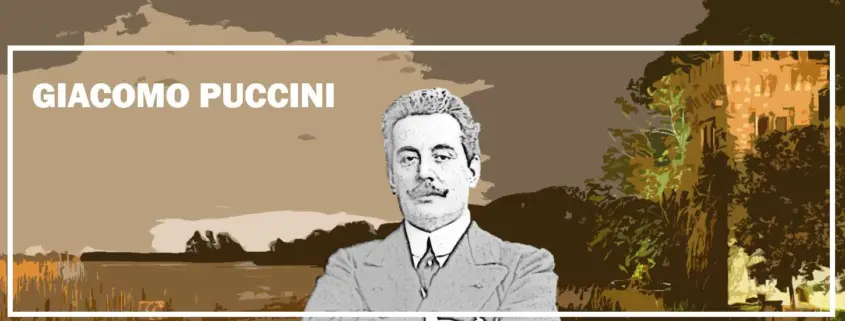
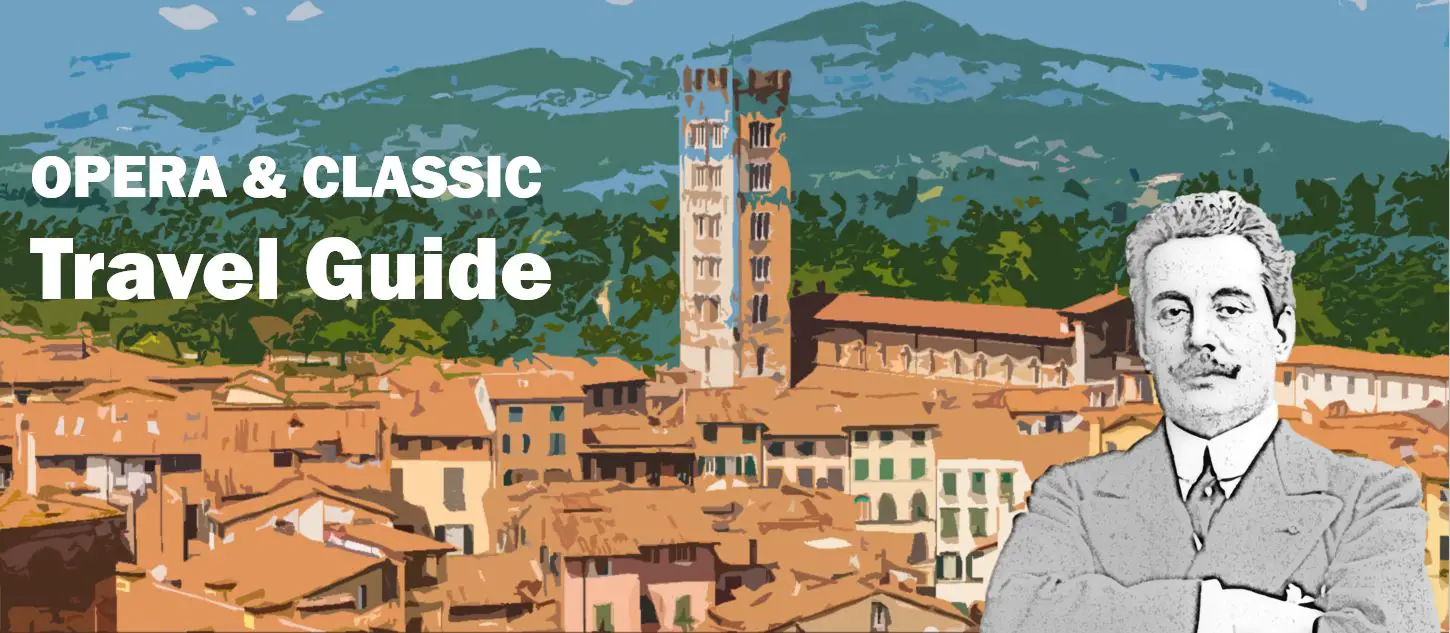
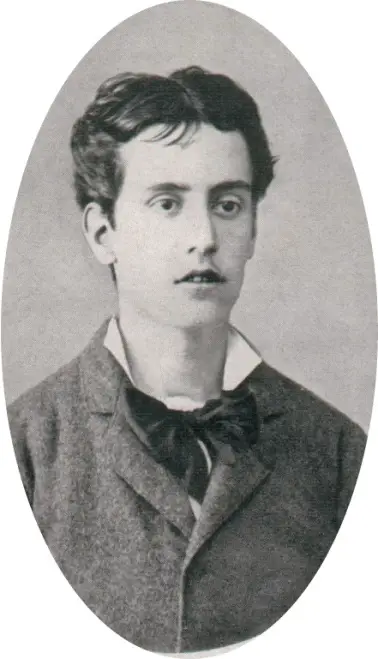
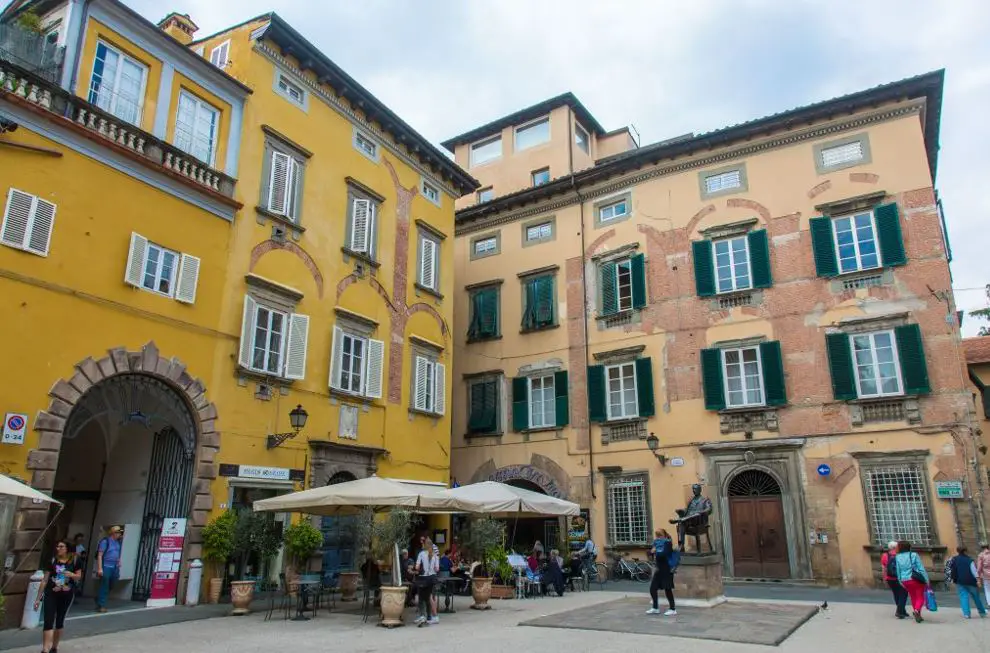
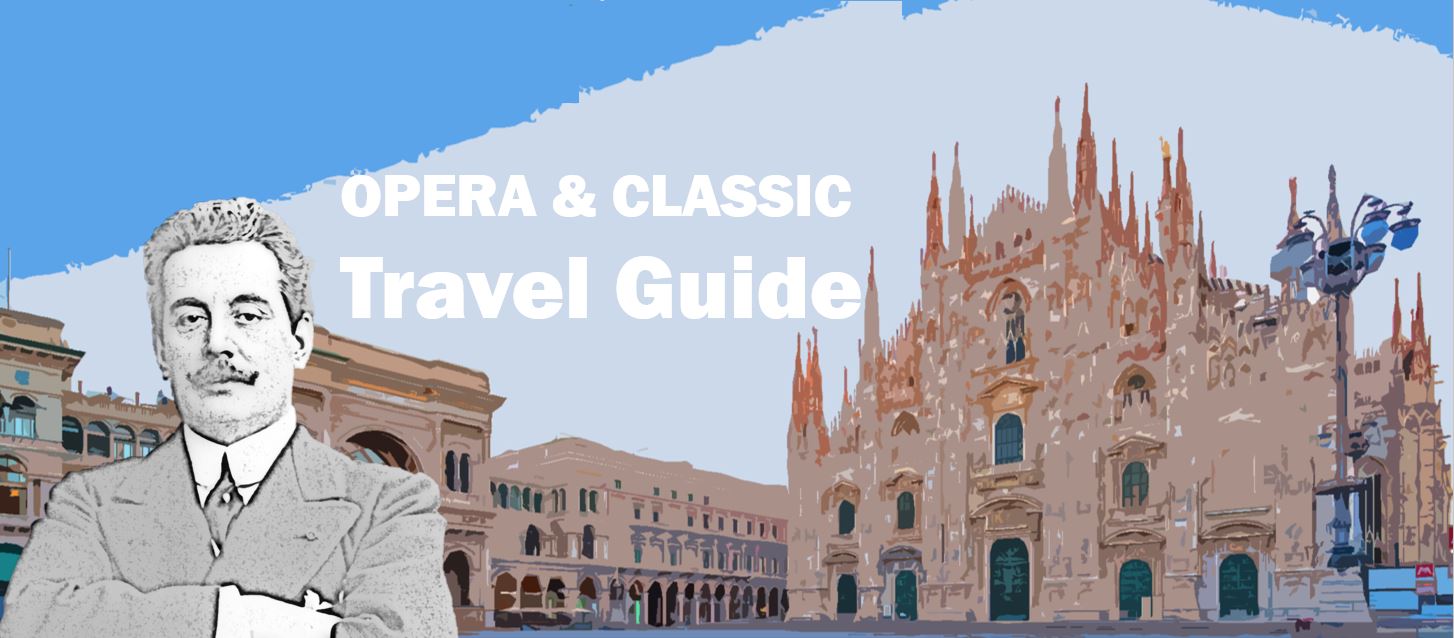
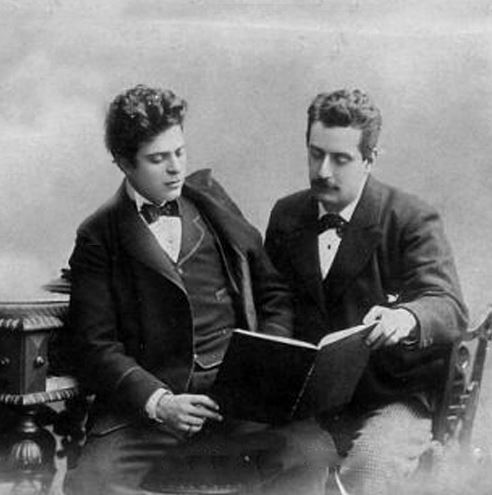
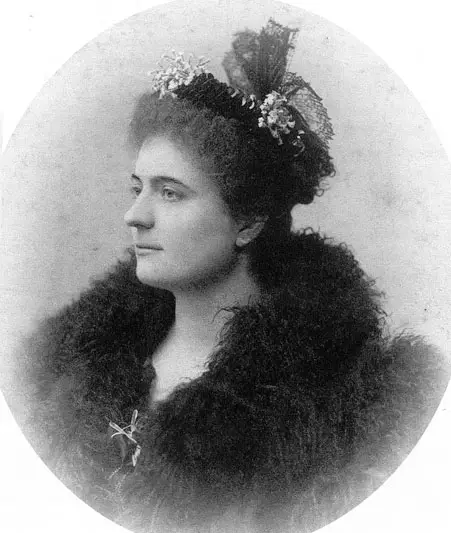
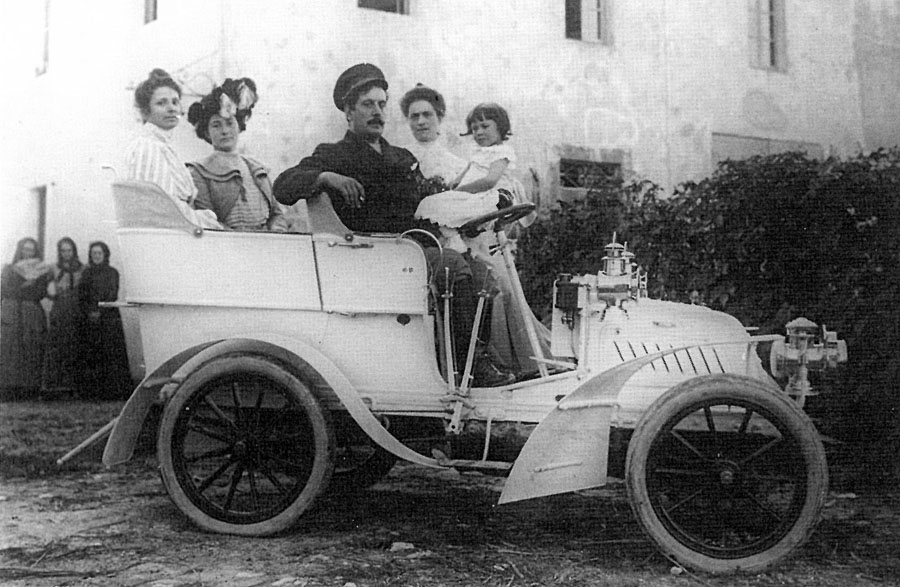
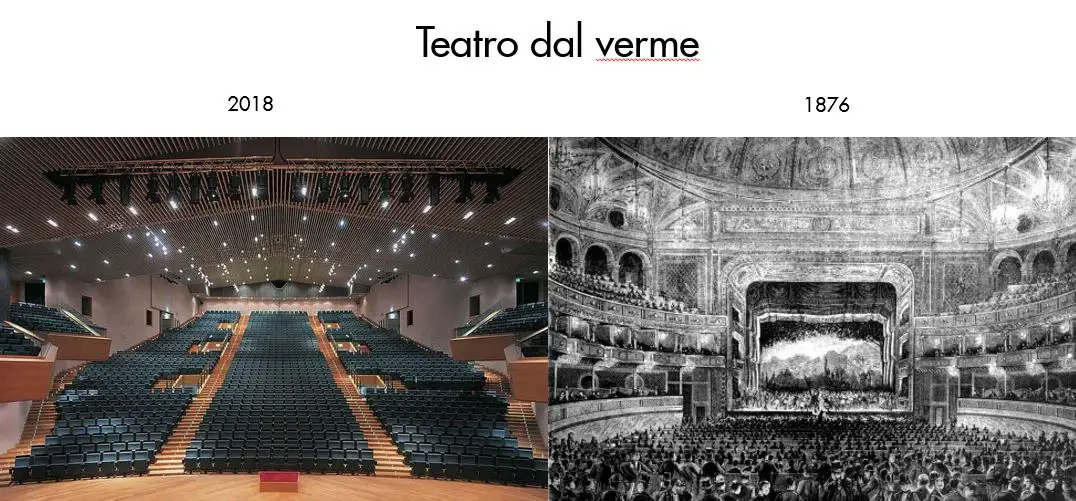
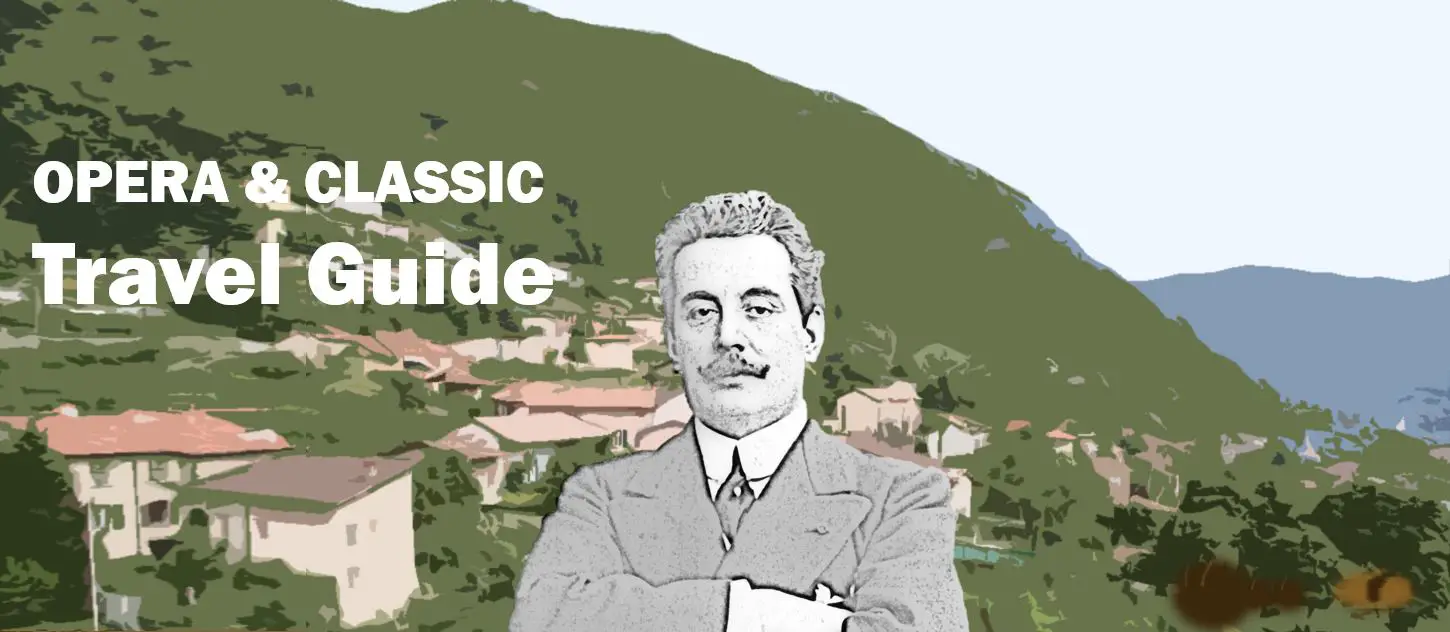
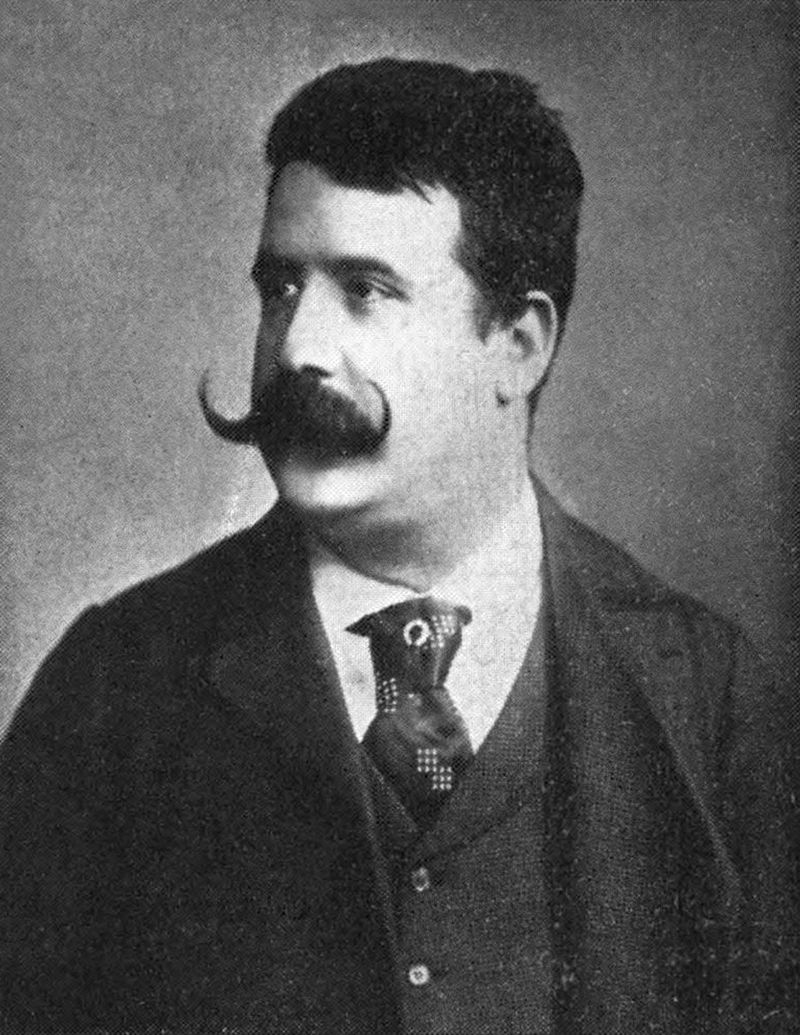
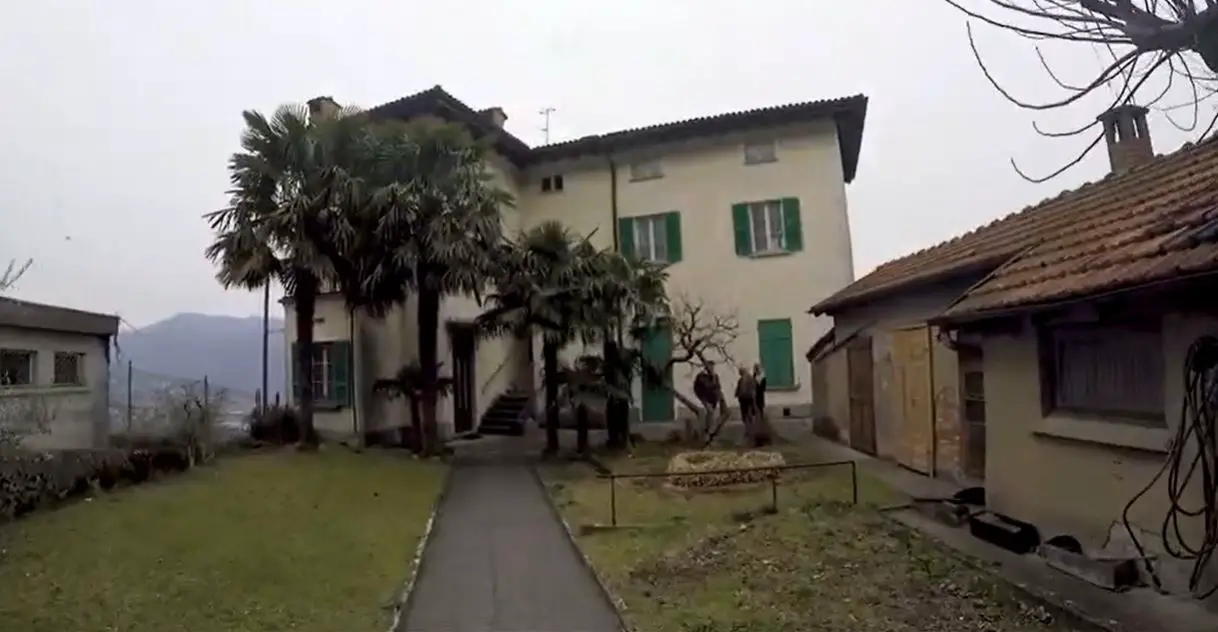
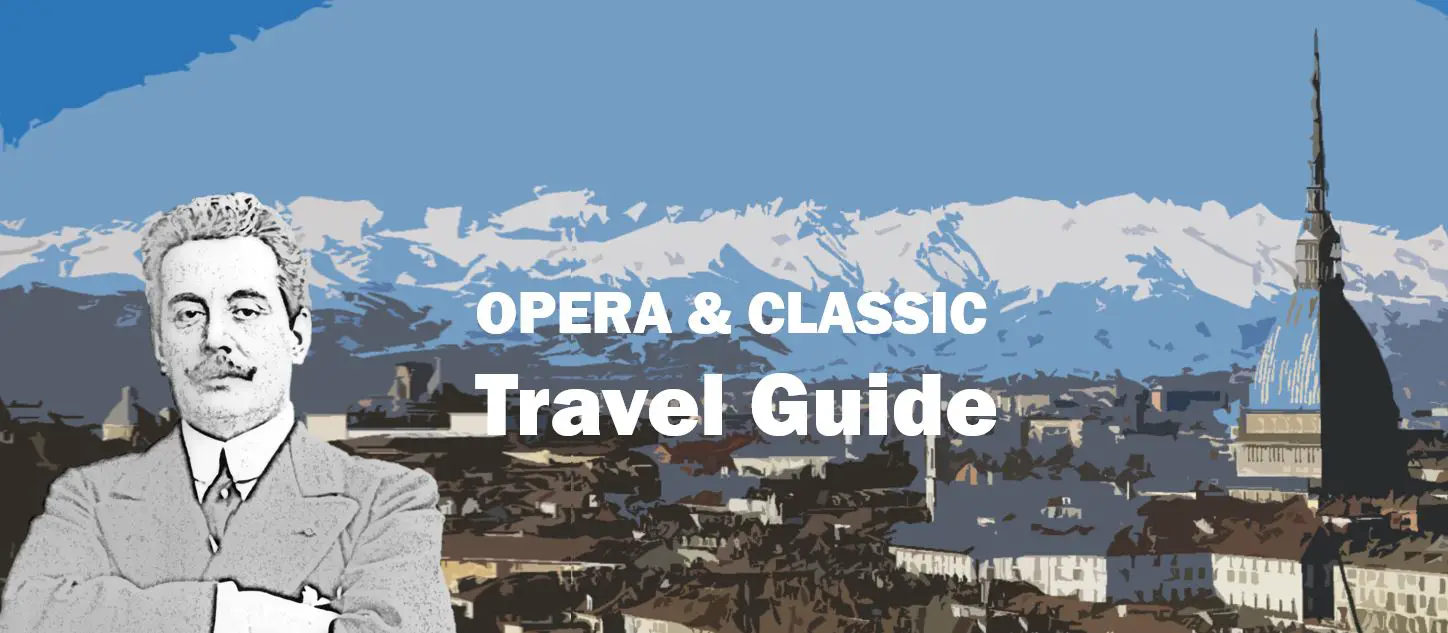
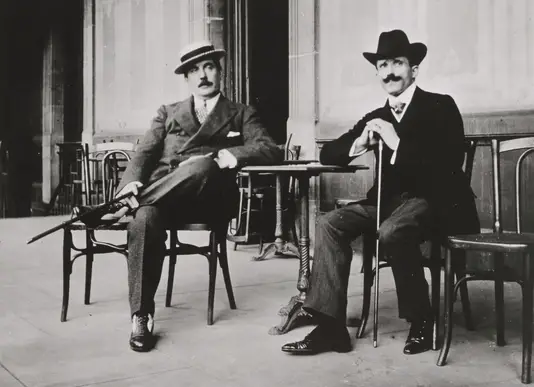
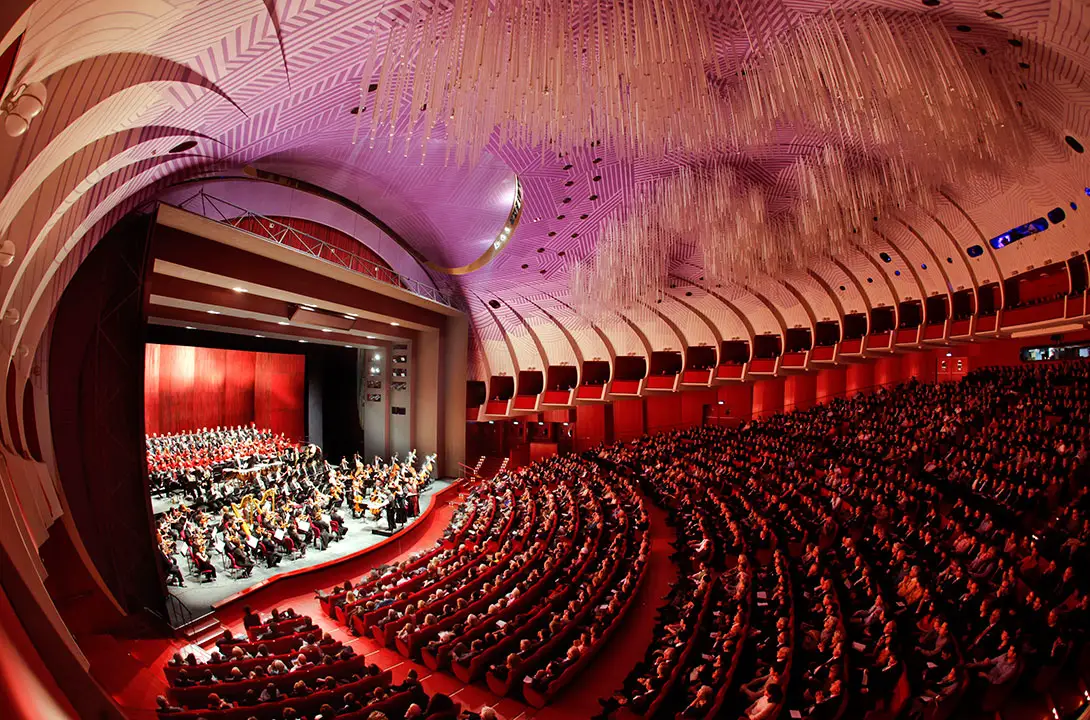
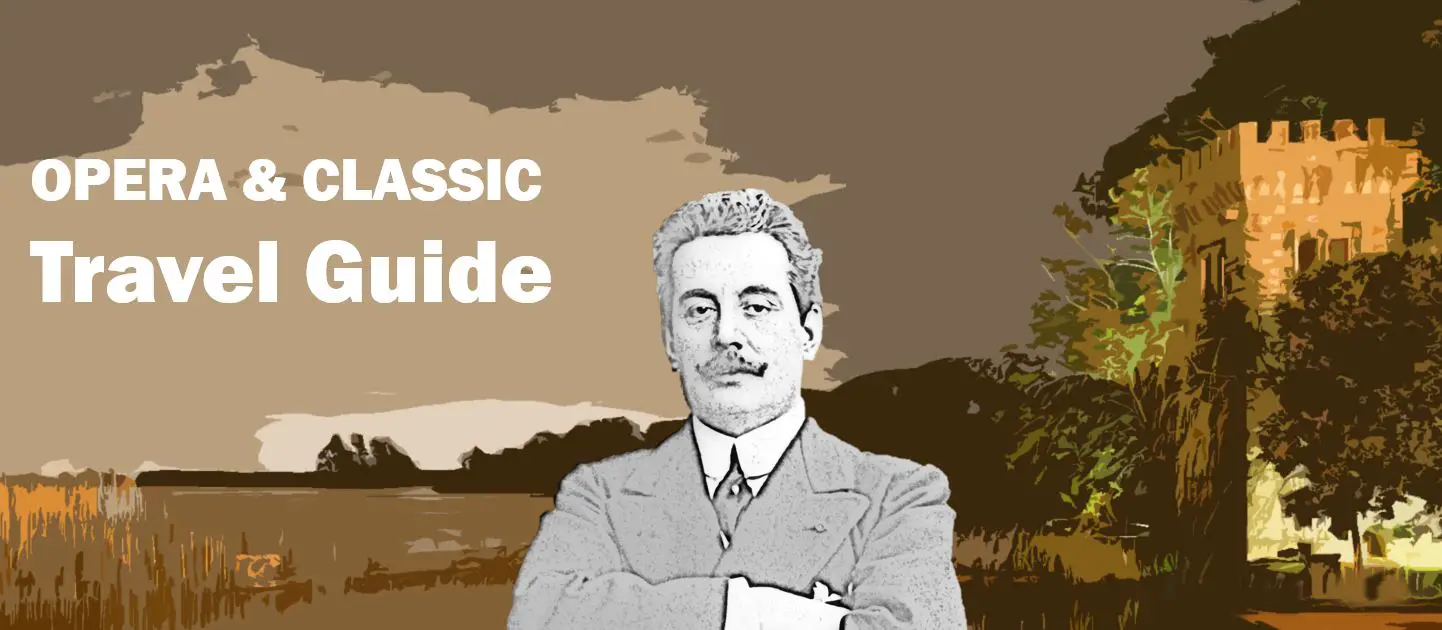
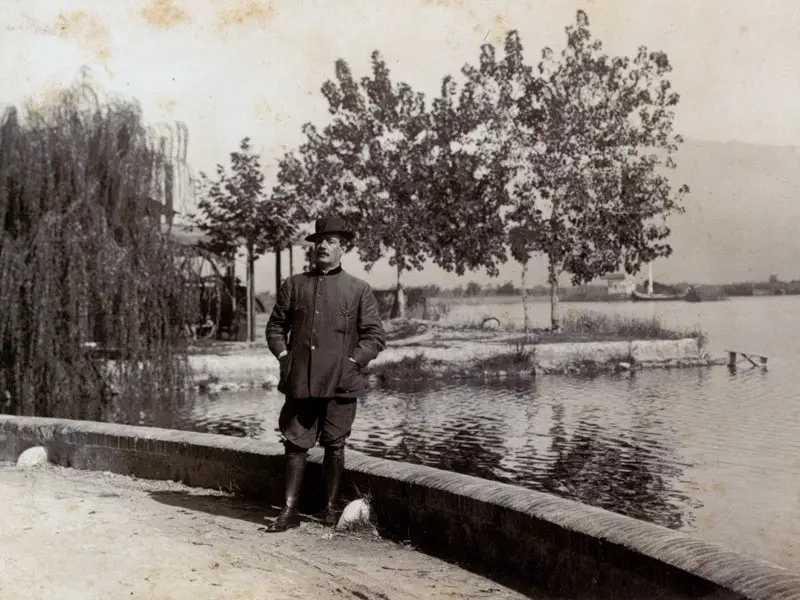
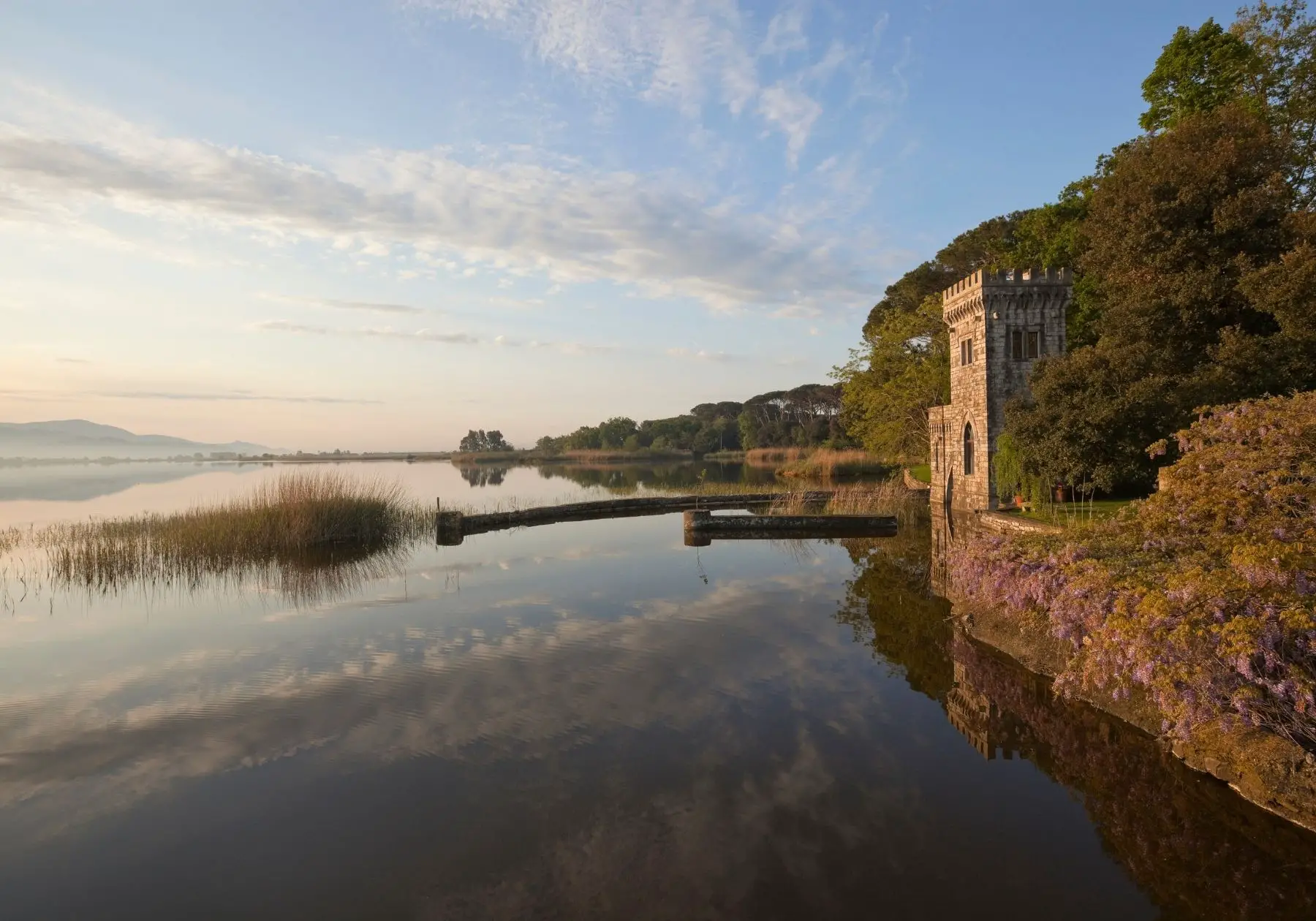
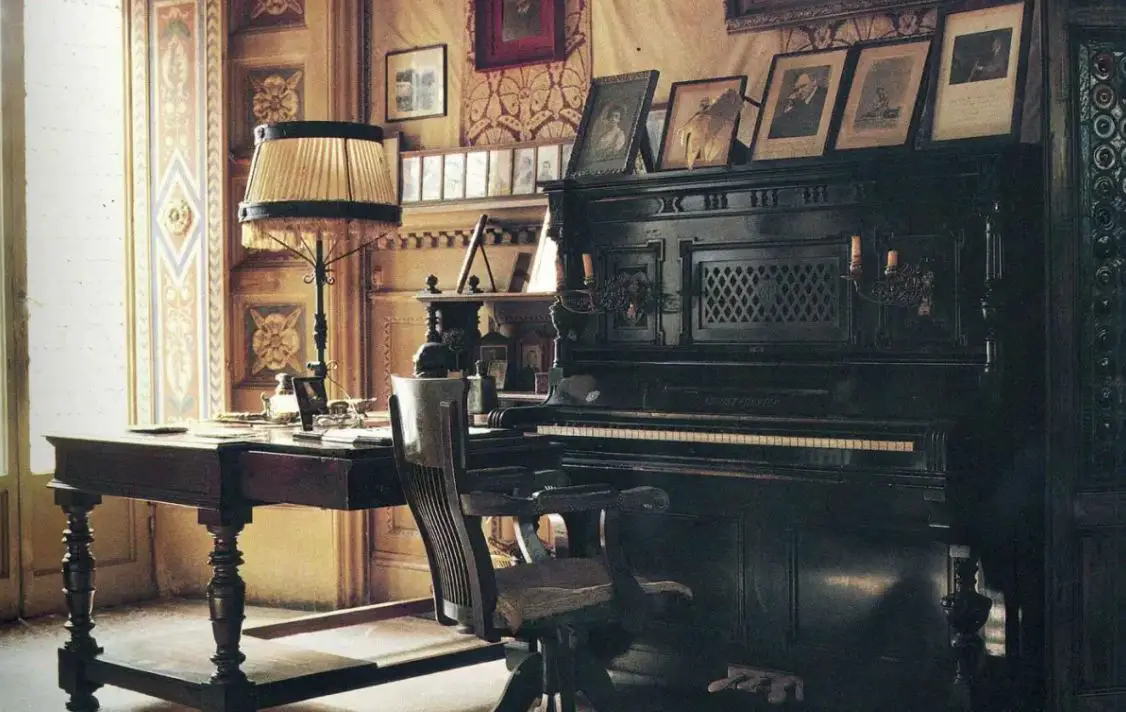
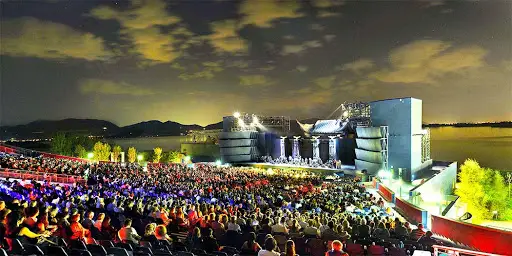
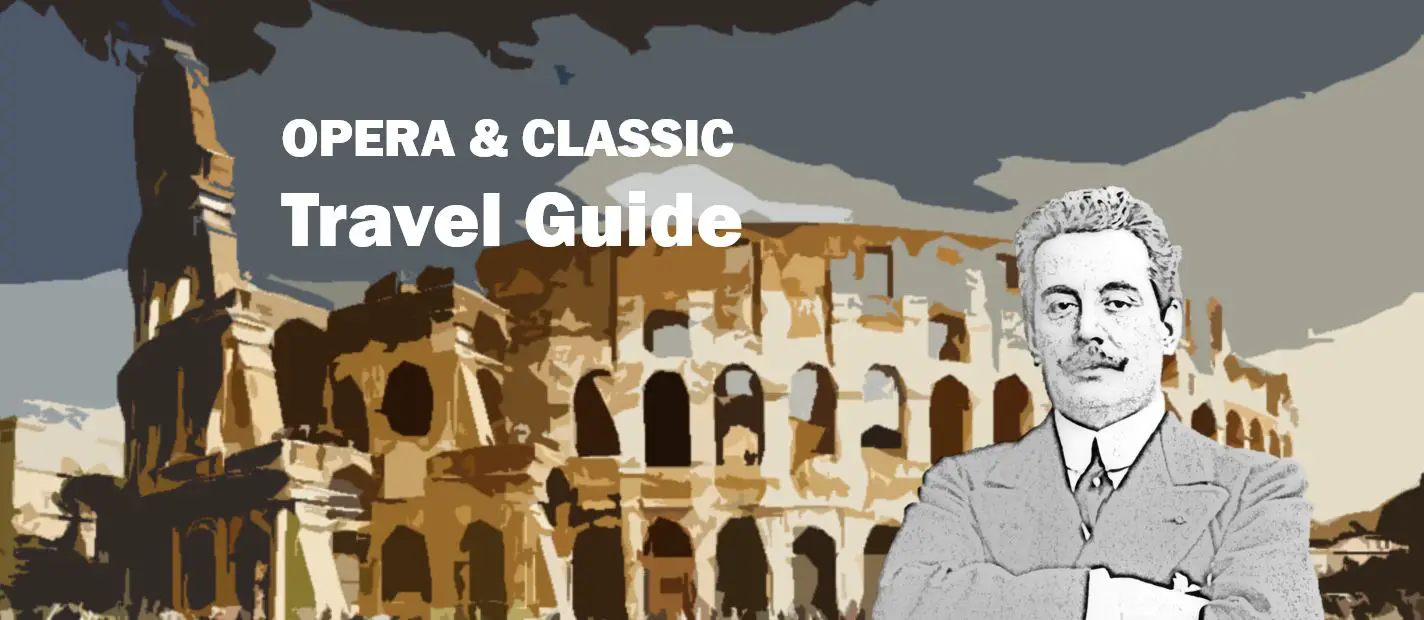
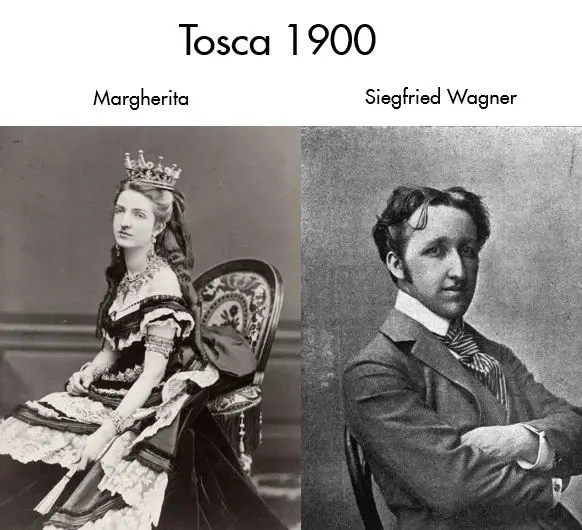
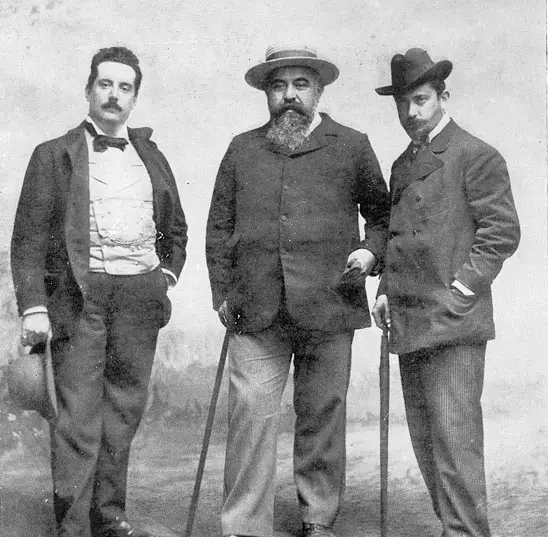
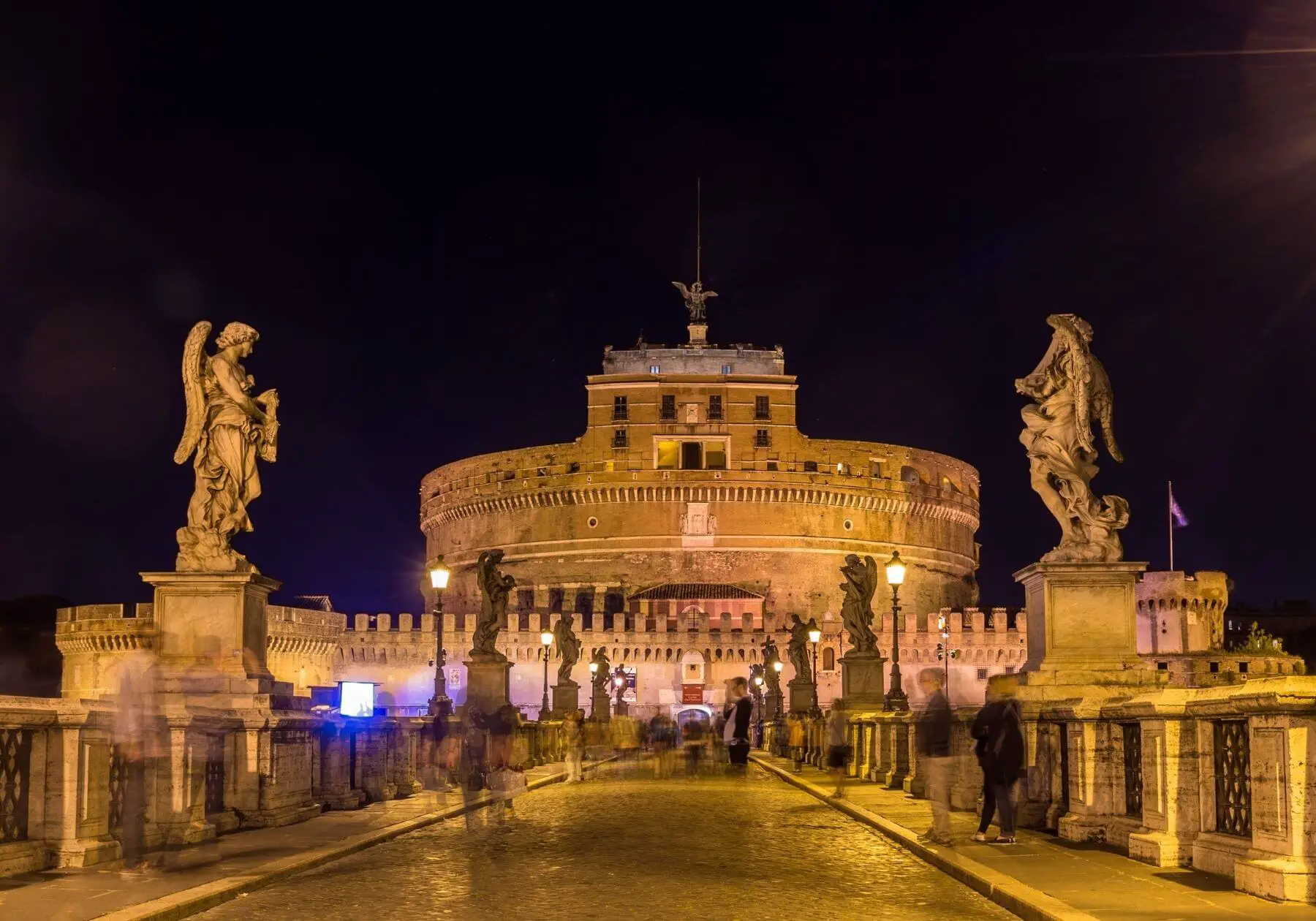
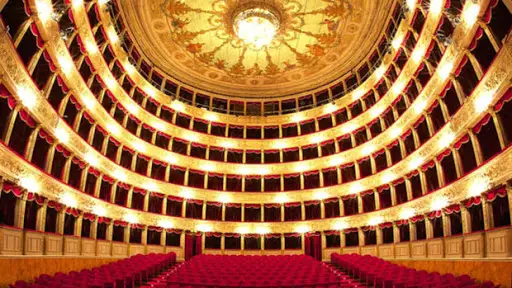
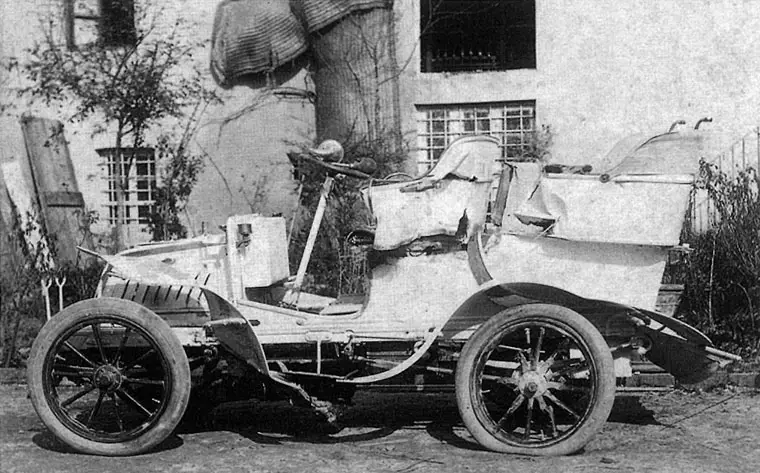
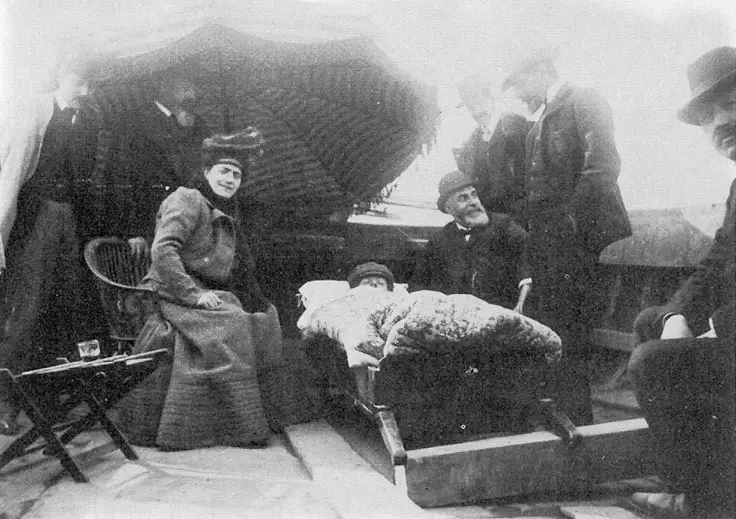
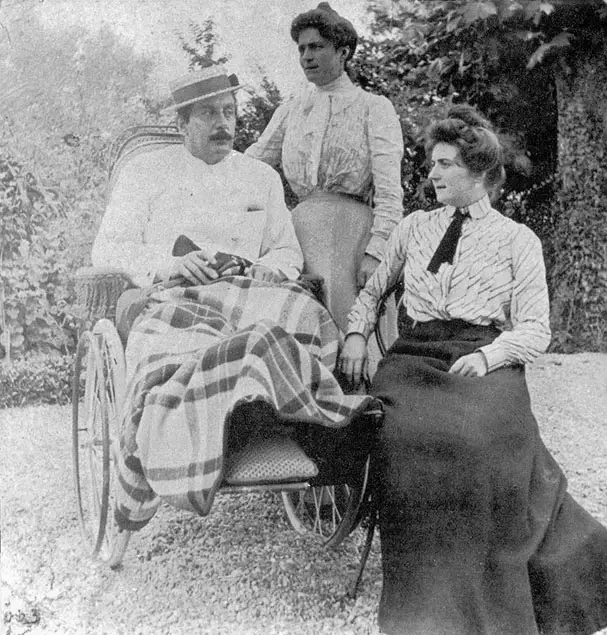
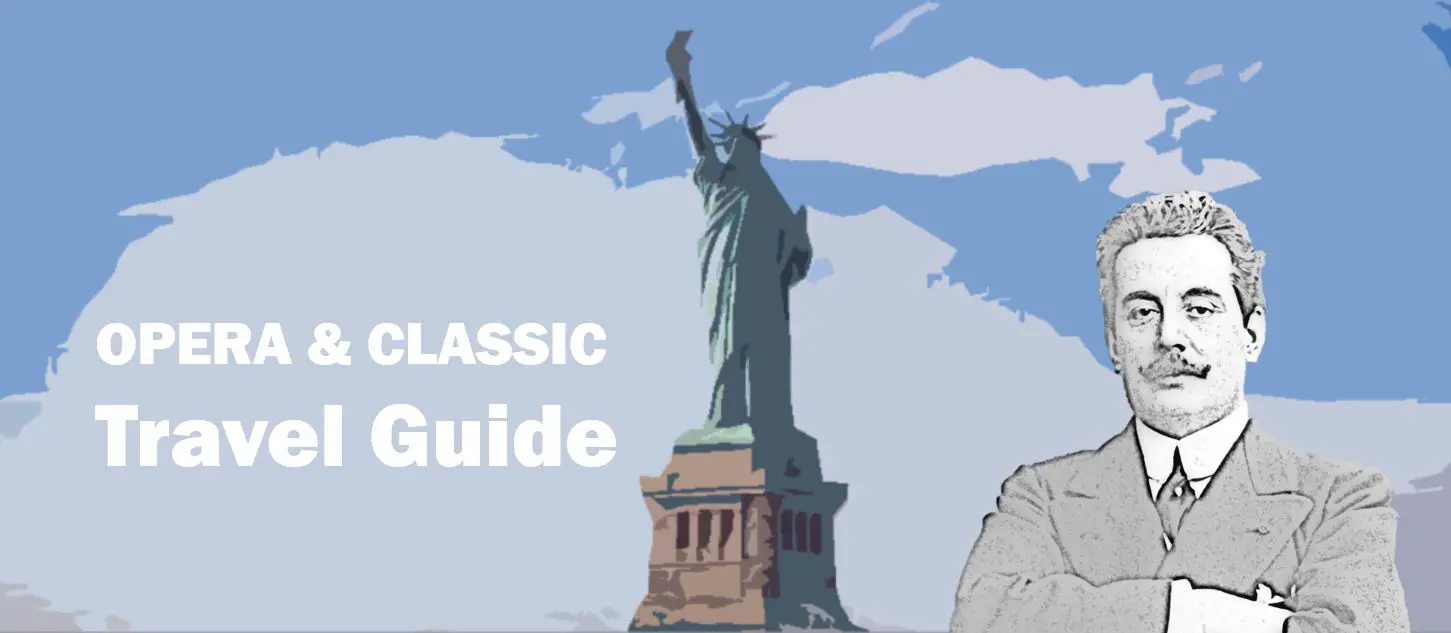
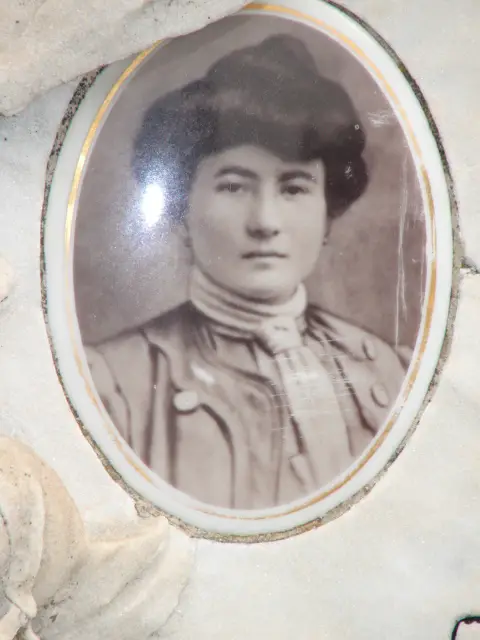
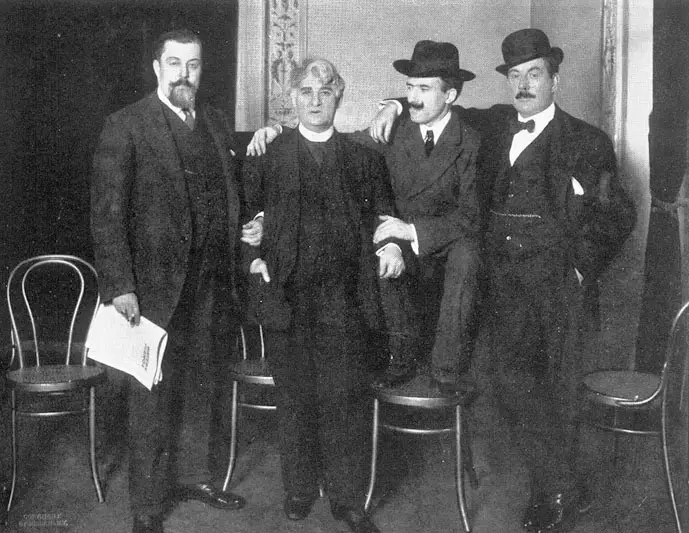
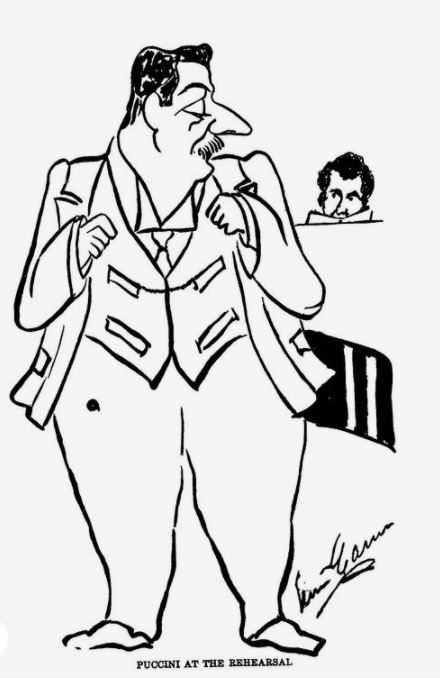

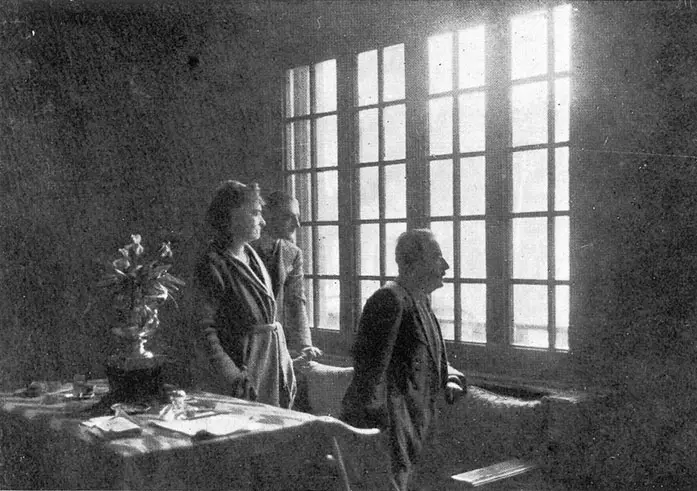
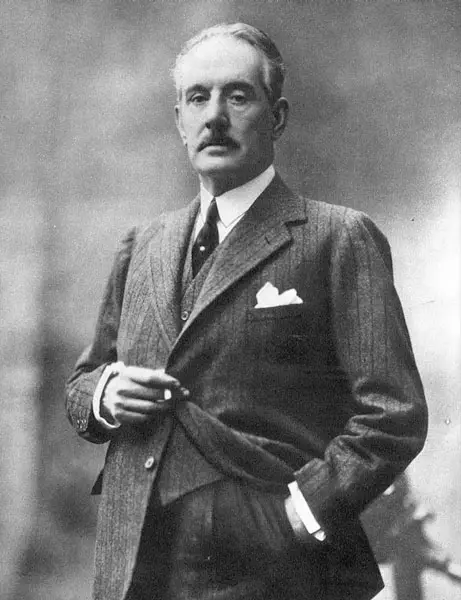
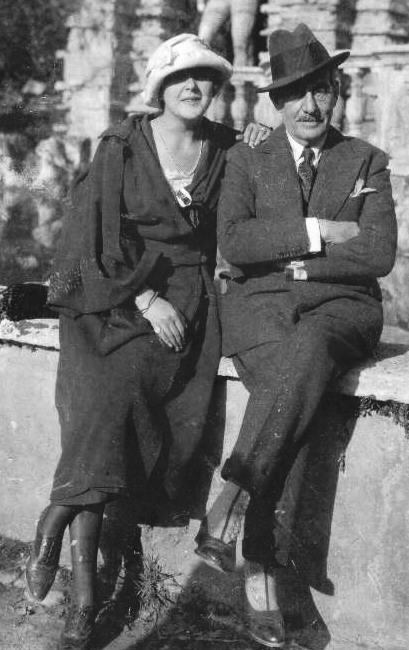
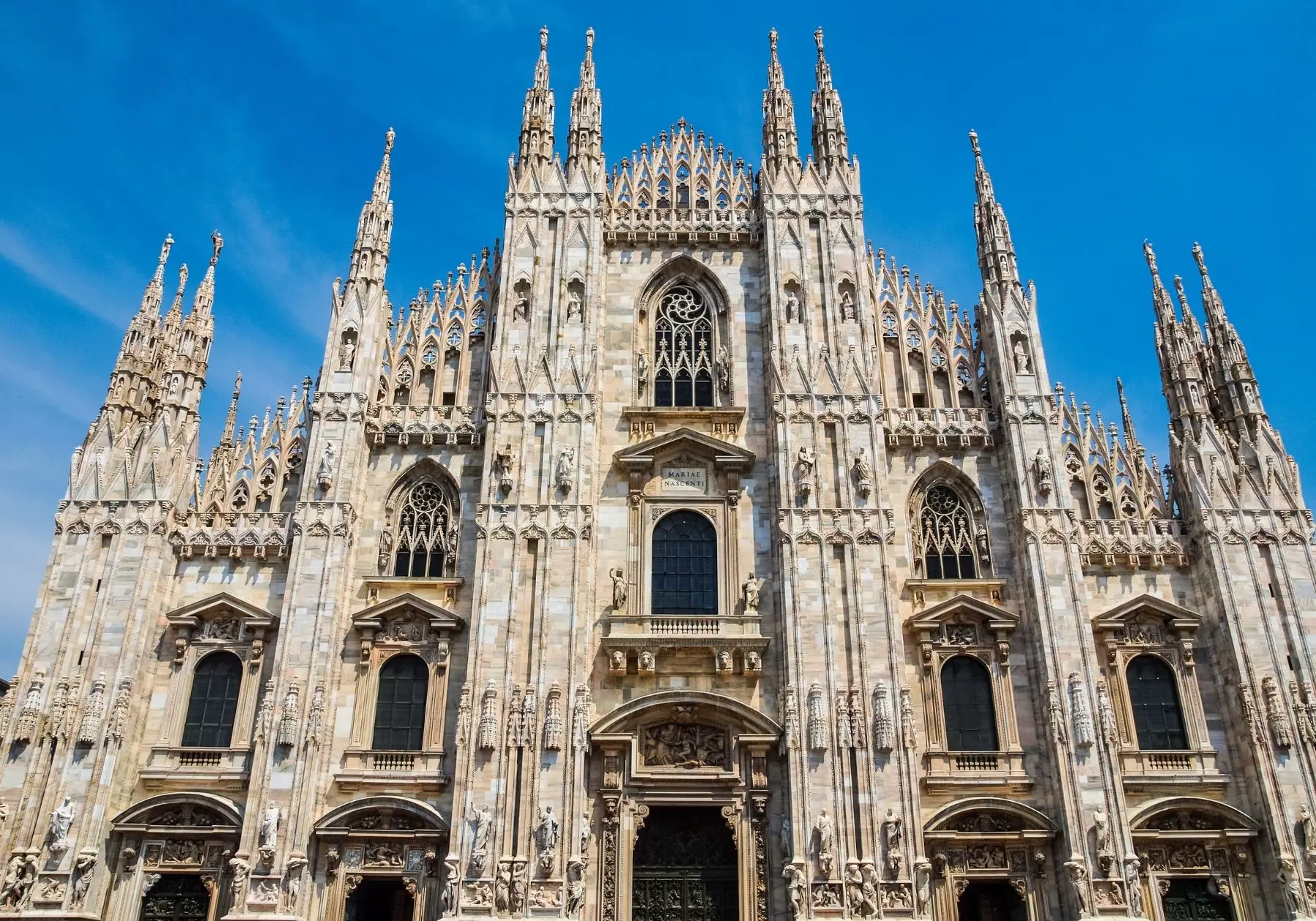


Leave a Reply
Want to join the discussion?Feel free to contribute!